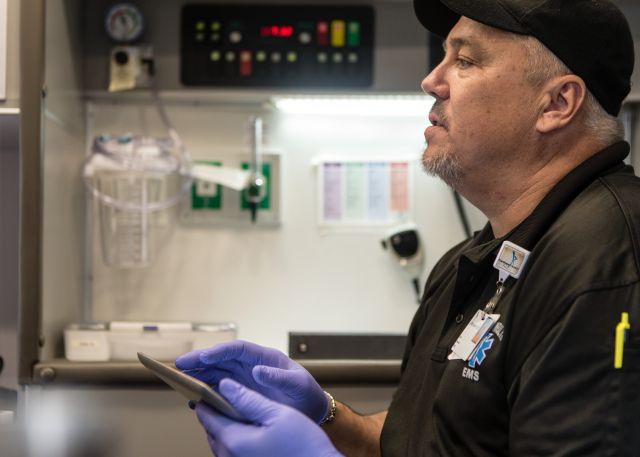 A 9-1-1 call takes officers deep into the basement of an office building. A natural disaster prompts a county-wide response to a rural area.
A 9-1-1 call takes officers deep into the basement of an office building. A natural disaster prompts a county-wide response to a rural area.
No one can predict where the next incident will occur. Public safety personnel rely on their radios to work – no matter where they go. That’s why it’s imperative that mission-critical communications support a wide coverage area and provide connectivity at all times.
Today’s P25 public safety networks provide wide access. However, there are some locations like certain geographic areas, hospitals, jails, schools and newly-constructed green-energy buildings that may pose unique challenges and cause the P25 signal to be impacted.
For emergency personnel, who depend on unbroken communications, this loss of coverage can be dangerous.
Fortunately, the rise of new networks, including WiFi, broadband and FirstNet, creates an opportunity for ceaseless connectivity regardless of the situation or environment. Much like how today’s cellular devices are able to transition back and forth between available WiFi and their network, the radio of the future should be able to move between P25, WiFi, and other broadband networks. If a device goes out of range, it is able to quickly switch to a different public safety network to ensure continued coverage – with no interruptions.
That shift needs to occur automatically and seamlessly. Public safety officers have enough to worry about simply responding to a call. They shouldn’t have to worry about staying connected.
Whether it’s the day-to-day requirements of the job or an unexpected emergency, first responders count on their radio to keep them safe – it is their lifeline. When personnel move beyond the limits of their radio system’s coverage, they shouldn’t have to leave that lifeline behind.
Ultimately, the radio of the future will seamlessly maintain public safety connectivity regardless of location – so officers can stay focused on their mission, not their coverage.
Download our eBook to learn more about the radio of the future.




